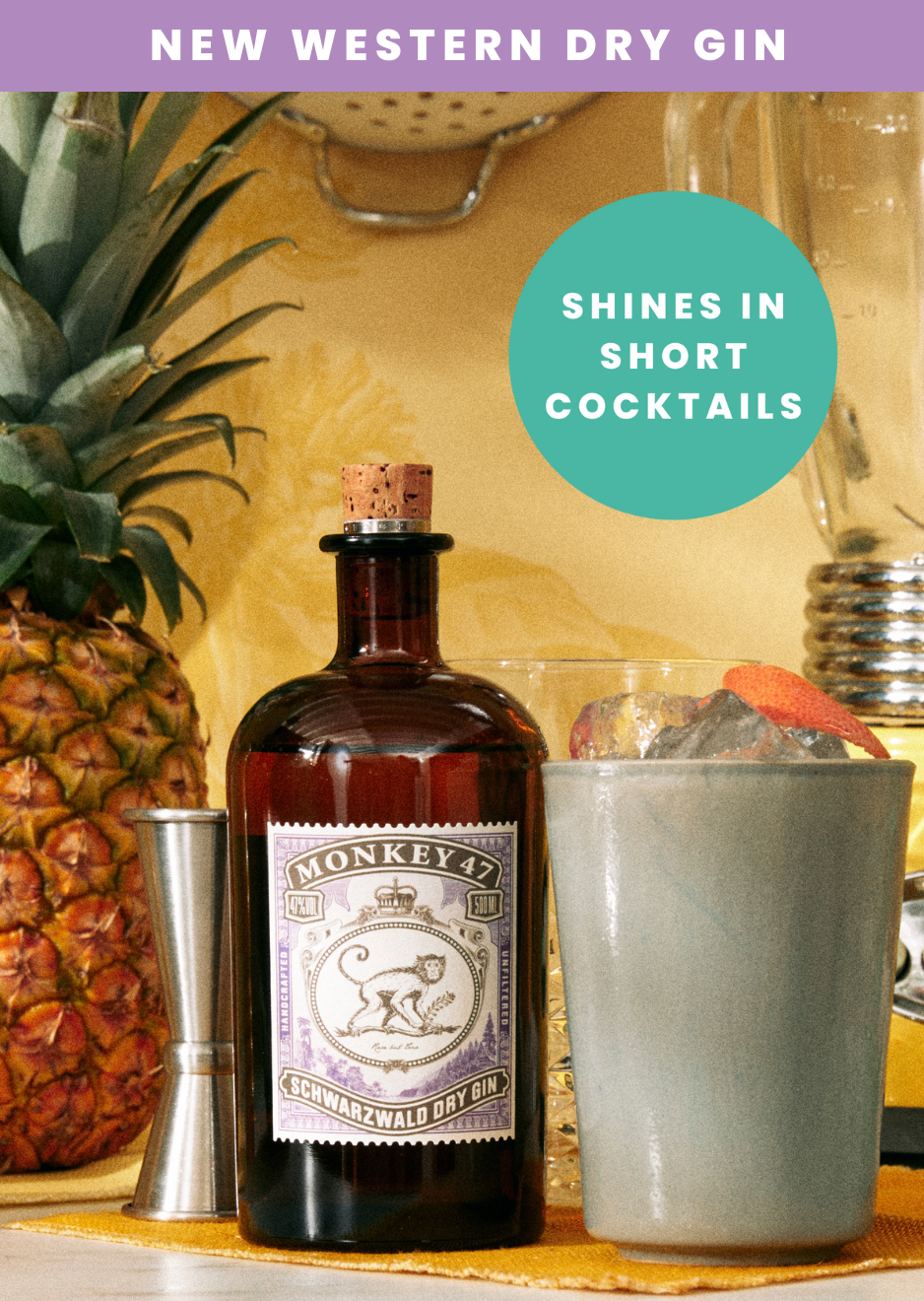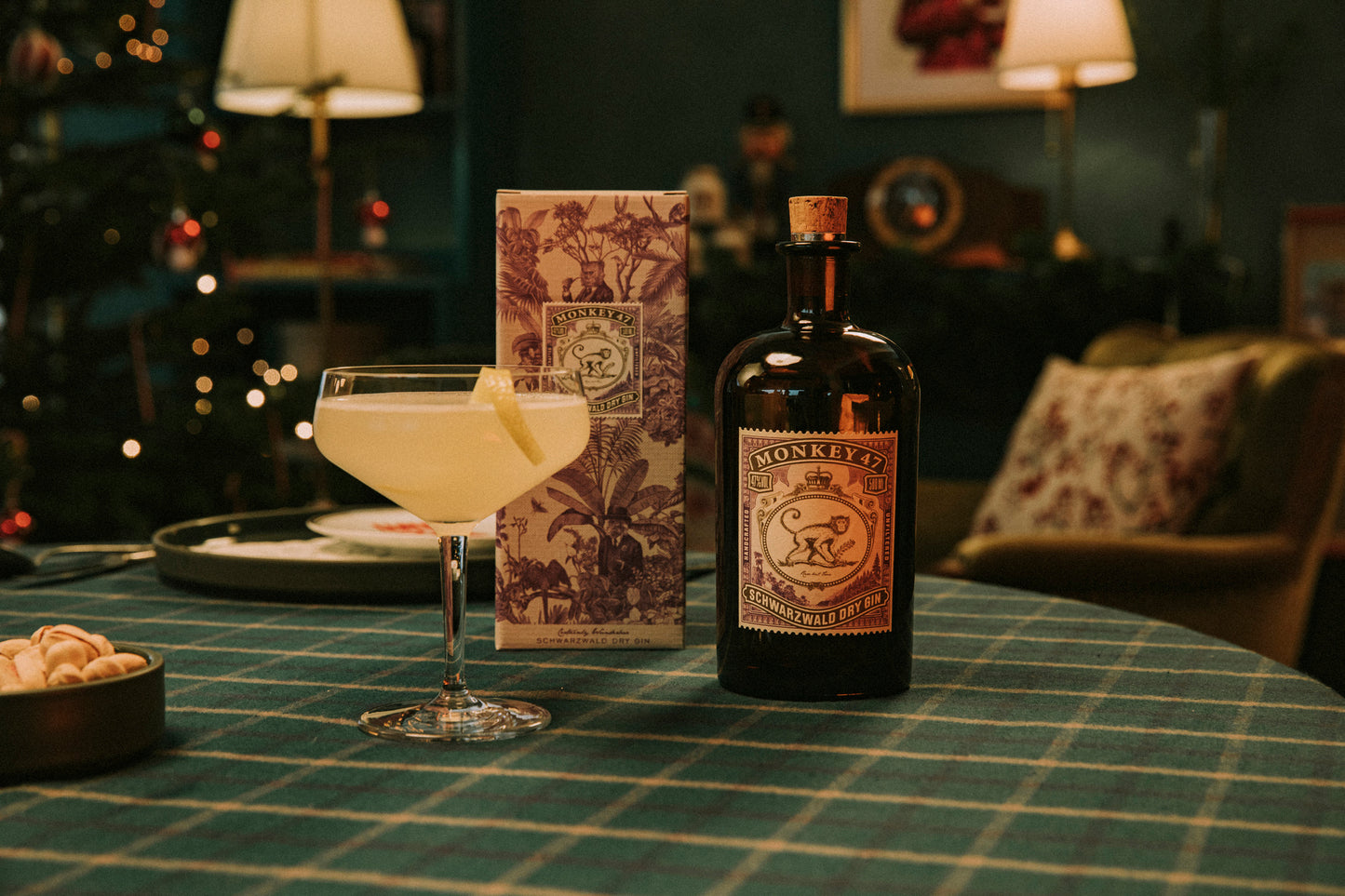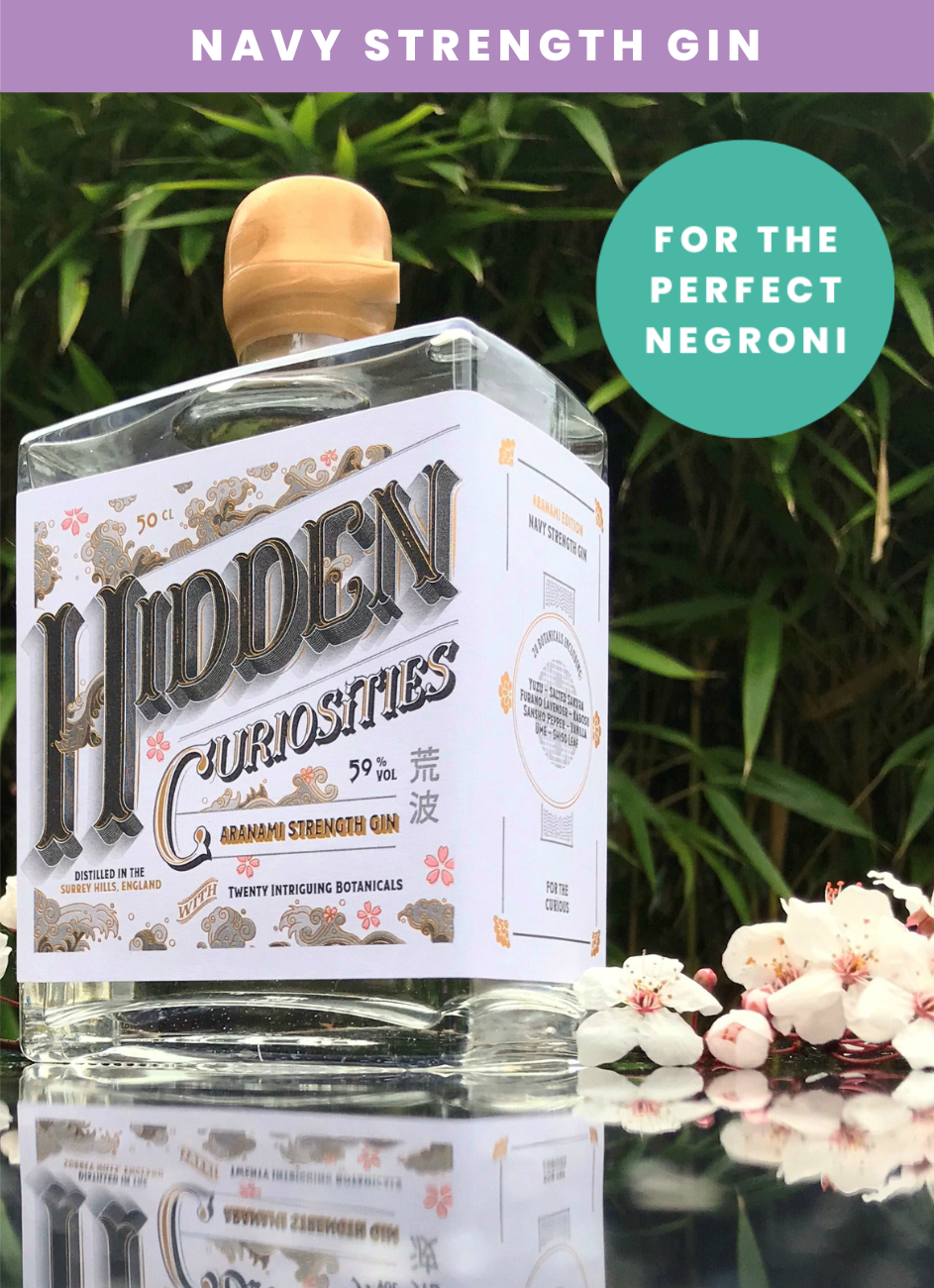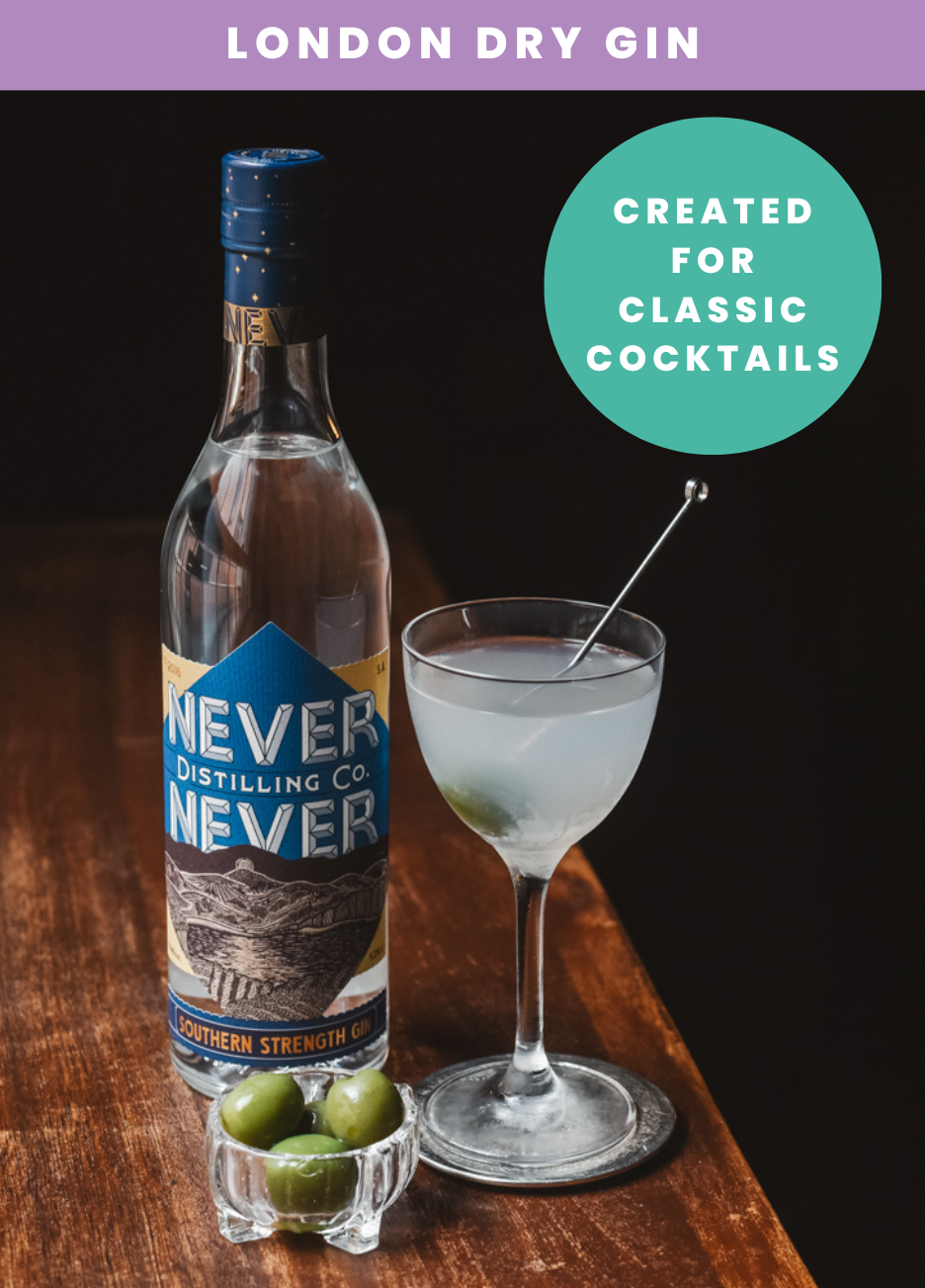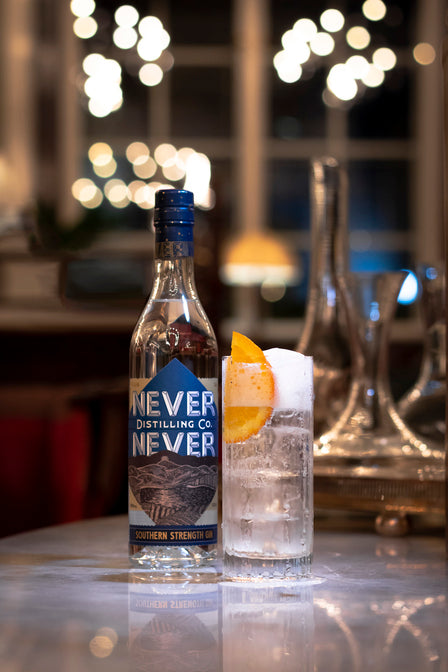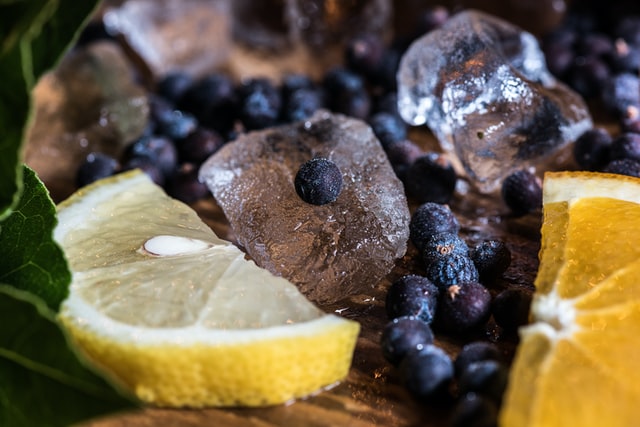

What Is Gin?
Gin is a botanically flavoured spirit, often starting life as a very neutral spirit onto which the botanical recipe is layered. A botanical can be any edible plant, herb, flower or spice which is why there are such an incredible number of different gins on the market.
Of all the botanicals one is key: juniper. This is what gives gin its distinctive ‘ginny’ taste. Think resinous pine needles and Christmas trees. Whilst some styles of gins will contain more juniper punch than others, if you can’t pick out juniper as a flavour, the spirit is better described as a flavoured vodka.
Know the Styles
With gin shelves ever growing, both at home and in the shops, it can be difficult to choose your next tipple. From ‘London Dry’ to ‘New Western’ and simply ‘Distilled’, discover what the terms you’ll find on gin bottles mean, and what clues they can give on the flavour profile of the liquid in the bottle.
Styles of gin are mostly defined by the method by which they are made and flavour profile, rather than the places they are made (even London Dry gins). So, when navigating the terms on the bottles, here’s the lowdown on what they all mean.
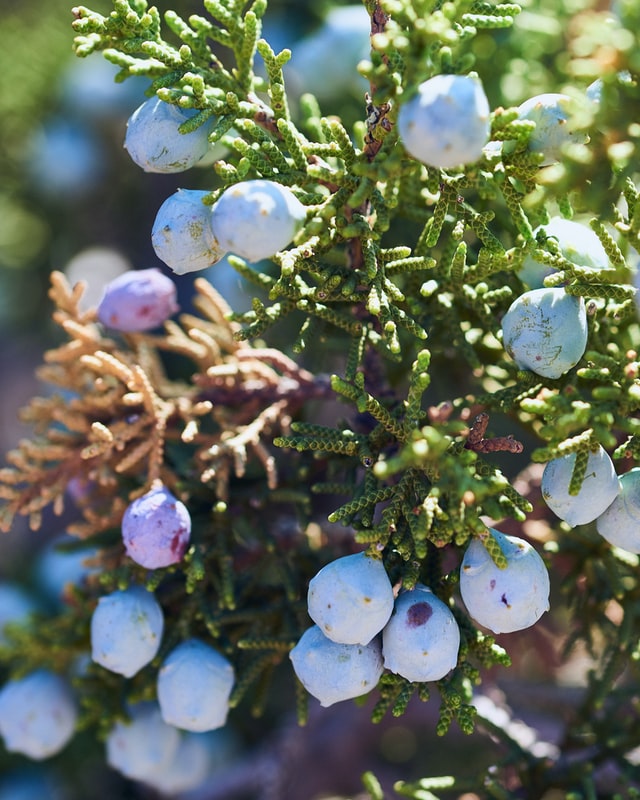
London Dry
London Dry Gin is made to a strict set of production rules. The gin has to be created from a neutral base spirit and while only natural botanicals can be used, juniper needs to be the most dominant. Its name can be deceiving, as London Dry gins can in fact be made anywhere in the world, so long as these rules are adhered to.
With one of the rules stating that juniper should be the dominant botanical by taste (though that bit is a little subjective!), London Dry gins should be distinctly piney and ginny above all else. The base spirit should also be neutral in flavour and at least 96% ABV, which means the botanicals are the stars of the show in London Drys, with very little character coming from the base itself. It is also not permitted for anything other than water (to take it to the desired bottling strength) or more neutral spirits to be added after distillation, so London Dry gins are therefore neither sweet, nor coloured.
The botanicals used must be natural and added before distillation. However, with a botanical being any plant, herb or spice there’s still plenty to choose from. So you’ll find that London Dry gins, alongside the juniper, are more citrusy, spicy or earthy overall.
How to Drink It
London Dry gins are versatile and generally at home in most classic cocktails including the G&T.
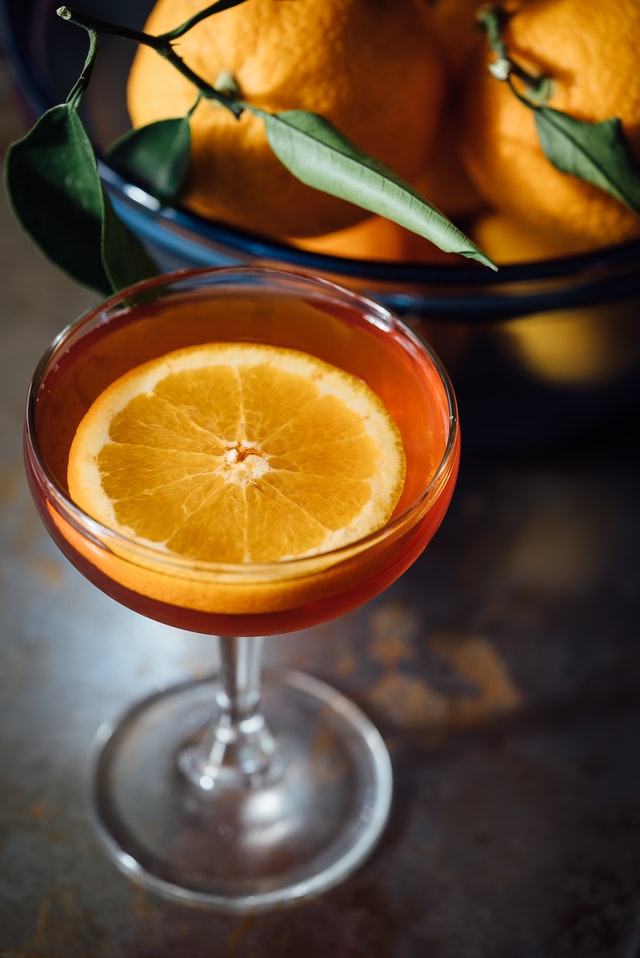
Old Tom
You’ll find expressions of flavour with added sugar, a boost of liquorice as a botanical (which, when distilled, tastes sweet rather than giving notes of aniseed) and even honey. The sweetness will be subtle rather than overpowering overall though (think just the one spoonful of sugar in your tea as opposed to seven)!
Whilst there are a few different stories about how Old Tom got its name, my favourite is the one about Captain Dudley Bradstreet. When it became illegal to sell gin on the street or without a shop licence, Captain Bradstreet purchased himself a hefty quantity of gin and barricaded himself in his house. He installed a plaque of a cat on his front door, and if customers were in need of gin they would call out ‘Puss puss’. If they heard a mew from the other side they knew gin was available and would deposit a penny into the slot. Gin would then be dispensed through a pipe under the cat's paw to be caught in a glass, bottle, or straight into the customer's mouth. A kind of human-operated gin vending machine!
How to Drink It
You’ll find Old Tom gins referenced in classic cocktail books, with the Martinez and Tom Collins in particular calling for them. In general though, modern interpretations of Old Tom gins can be used in most cocktails, you might just want to dial down any sweet ingredients a touch to achieve balance.
Personally, in a simple gin and mixer situation, I prefer an Old Tom mixed with Sicilian lemonade, bitter lemon or ginger ale, rather than a tonic.
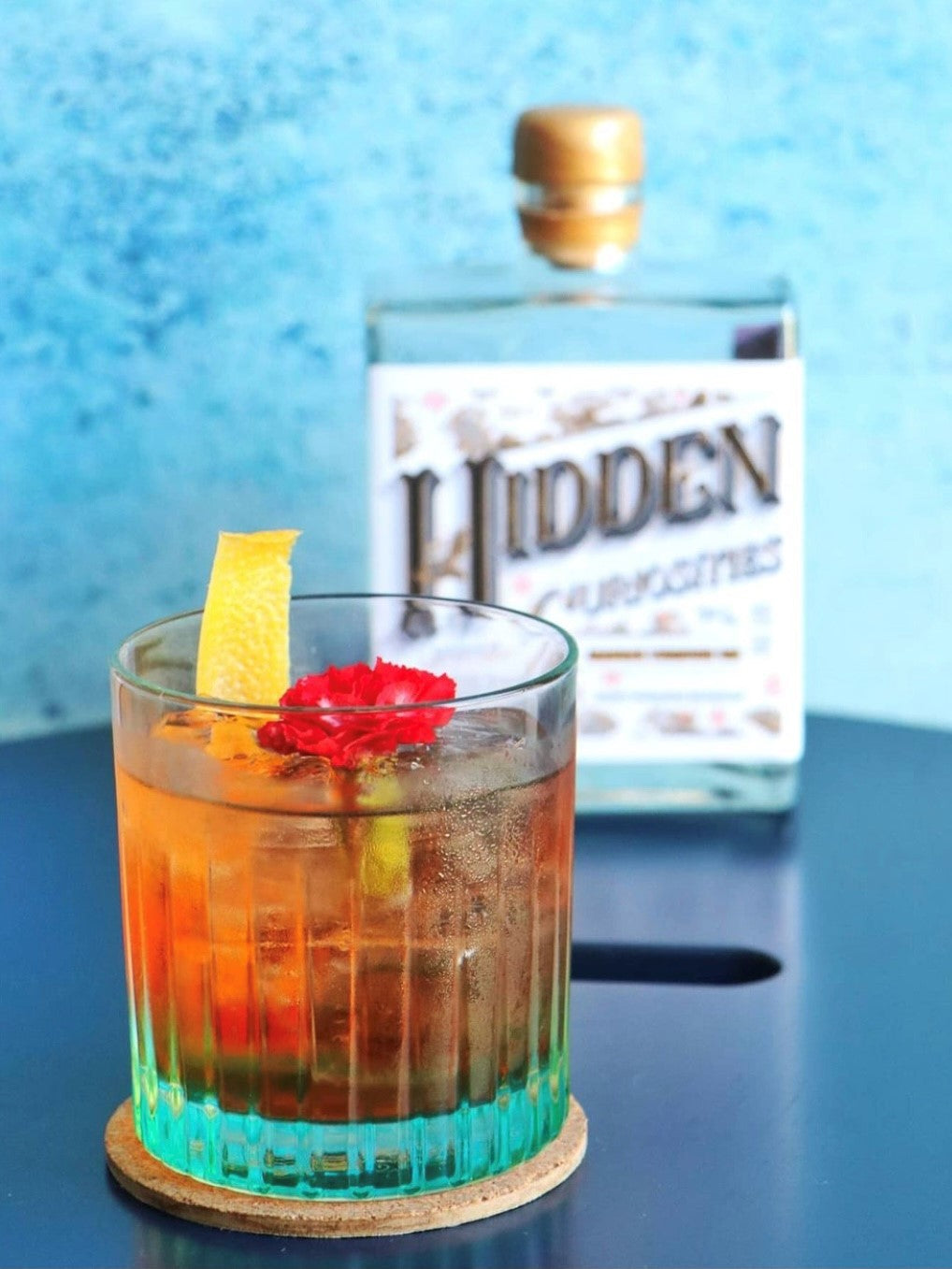
Navy Strength
This can be any style of gin, so long as it is bottled at ‘Navy Strength’ which is 57% ABV or above.
Navy Strength was the strength the navy transported their gin aboard ships. At 57%, if the gin spilled onto the gunpowder often travelling alongside it, the gunpowder would still light. The benefit being that the captain could also test to see if the sailors had been drinking the gin and topping it up with water by simply pouring the gin on some gunpowder and lighting it. If it lit, it was proof the gin hadn’t been tampered with, hence why 57% ABV is equivalent to 100 proof in the UK.
How to Drink It
You’re less likely to overpower a G&T with the tonic if you use a Navy Strength gin. When you dilute it, you actually achieve more intensity in flavour with this style. However, you might find boozy cocktails like the Martini a little too much with the higher ABV.
Navy Strength gins work really well in cream-based cocktails like the Alexander or Twentieth Century to cut through the heaviness of the cream. They also go with floral cocktails which benefit from the boosted botanicals and bright profile against the floral tones (especially any cocktail with Crème de violette which can be a bit overpowering!).
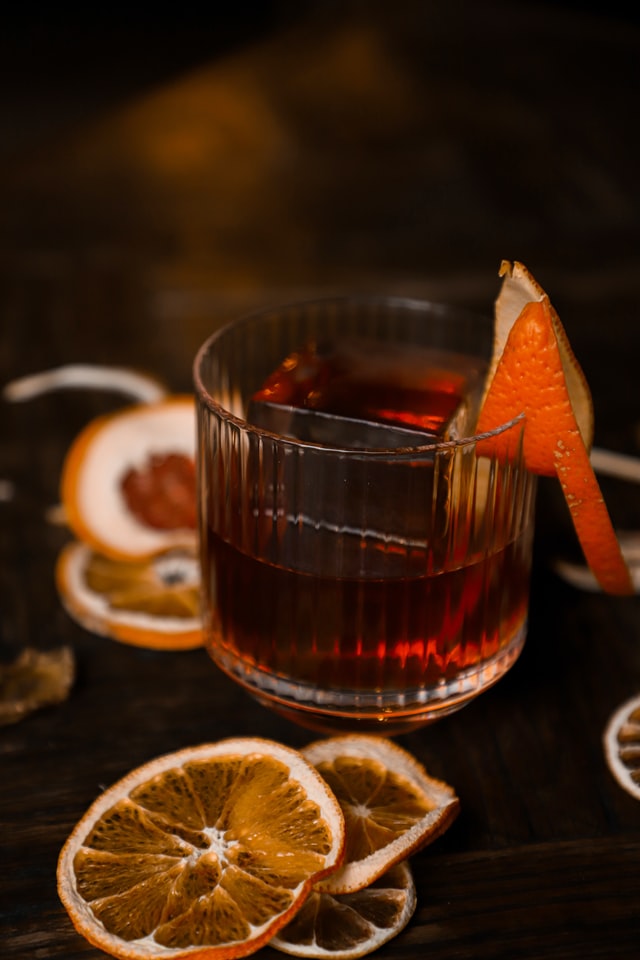
New Western Dry
This term captures the newer styles of gin popularised in America, where juniper shares the centre stage with other botanicals (but should still be identifiable in the mix!).
It was coined by American bartending consultant Ryan Magarian to describe gins where the juniper is perhaps not as dominant as in classic gins. Though you’re looking for juniper when you taste these gins, this style gives the freedom for other botanicals to share the spotlight.
How to Drink It
The best way to mix these is to first consider the other botanicals that have been included in the recipe and go from there. For example citrus led gins work well in a Negroni, floral in an Aviation, or fruity in a Bramble.
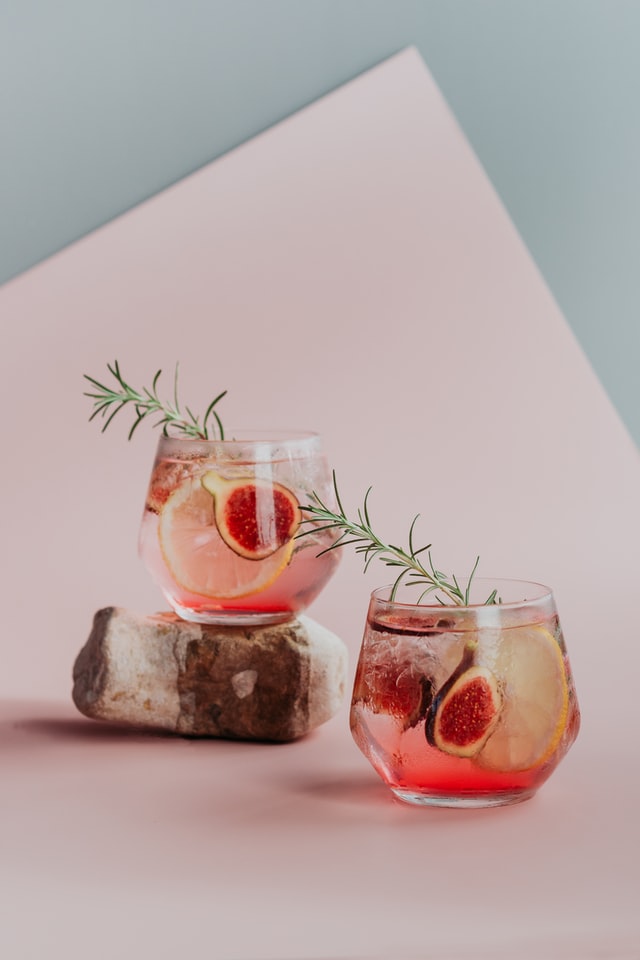
Distilled
This term guarantees that the product has been distilled in a traditional still with natural flavourings.
The style allows liquid flavourings to be used alongside natural botanicals and there may be further steps, such as the addition of essences or sweeteners. It’s often used as a ‘catch all’ for gins that don’t fit into other categories.
At some point, the majority of the liquid has been put through a still. Other things can be added after distillation though, from colourings that create your favourite pink gin, to essences that are often difficult to distil in a traditional still. Think along the lines of soft squishy fruit and vegetables like peaches and cucumbers, or florals which can quickly become overpowering in a classic gin still.
How to Drink It
Distilled gins are easily mixable in most scenarios. Look to the botanical line up and any added essences to inspire complimentary garnishes in a G&T: A slice of peach in a raspberry gin, a sprig of mint in a blackberry gin and tonic, and a spritz of orange zest over a particularly herbal number.
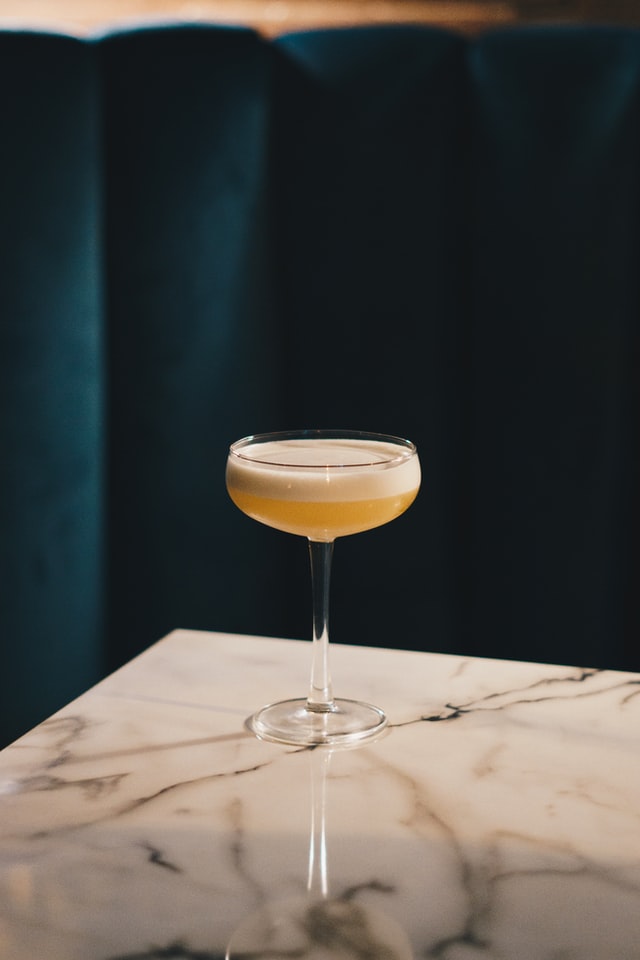
Genever
A style of gin made in Holland, made famous through the term ‘Dutch courage’. In this style, botanicals are distilled into a spirit that is then blended with a malted grain based spirit. If you think of a London Dry gin like a vodka with botanicals added, Genever would be more like an unaged whisky with botanical flavours layered on top.
Genevers, often seen as the precursor to gin, incorporate a malt-wine spirit which never reaches the heady heights of a neutral spirit. At around 45-50% ABV going into the still, you get much more of the characteristics from the ingredients coming through. As a result, you’ll find it to be malty and cereal in nature, much like an unaged whisky. The botanical flavours are then layered on top.
Juniper does not need to be the dominant flavour in a Genever but must be present. The overall taste of Genever is quite different from gin because of its production method, with the malty cereal flavours coming through heavily.
How to Drink It
Look for classic cocktails which share DNA between gin and whisky such as the Whisky Sour/ Gin Sour or the Manhattan/ Martinez. I find that Genevers also work really nicely with cherry flavours, so a dash of Maraschino liqueur is welcome in most scenarios.
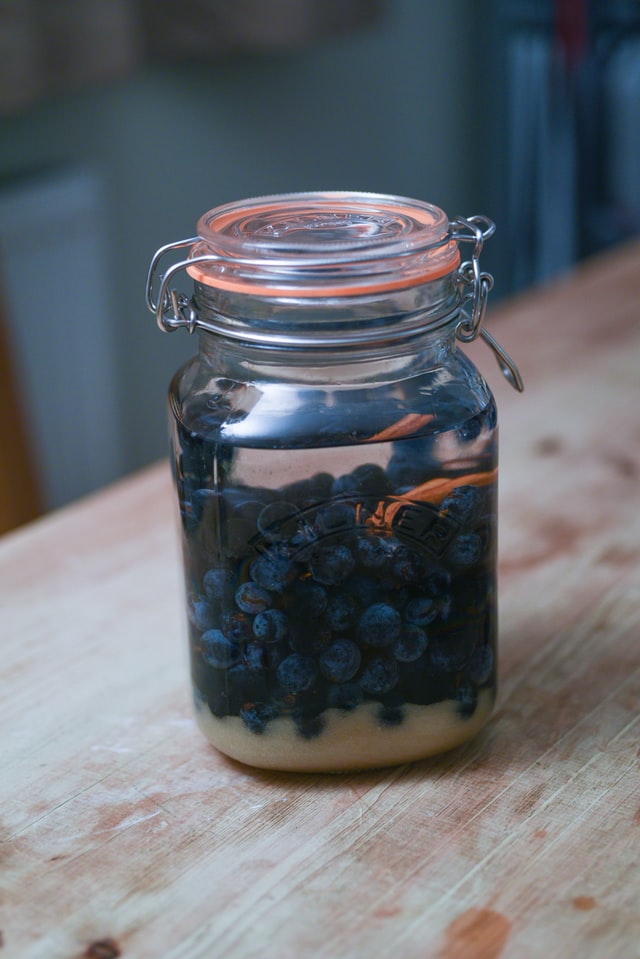
Sloe Gin
This is a famous style of gin liqueur featuring a gin rested with sloe berries and then sweetened.
Sloe gins are simply gins which have been left to rest on sloe berries for a number of weeks, or months. The liquid starts life as a gin, before being left to ‘macerate’ for a while with sloe berries and finished with the addition of sugar.
A bitter tasting berry of the blackthorn bush, sloe berries are harvested in late autumn to early winter. The finished sloe gin must be at least 25% ABV, so it's not as boozy as a true ‘gin’. As the berries are quite tart, sugar is included to make the liquid more palatable. In fact, sugar is added to the level it can be considered a liqueur. You might find some marzipan characteristics to the spirit, which is a result of the small stone/ pip in the middle of the sloe berry's flesh.
How to Drink It
As it’s a sweetened liqueur, you can cut down on the sugar or sugar syrup in most cocktails which specify gin and end up with a berry twist. I find that tonic doesn’t match particularly well with most sloe gins, so you’re more likely to find me drinking them with something like bitter lemon or ginger ale (with a squeeze or two of lime).
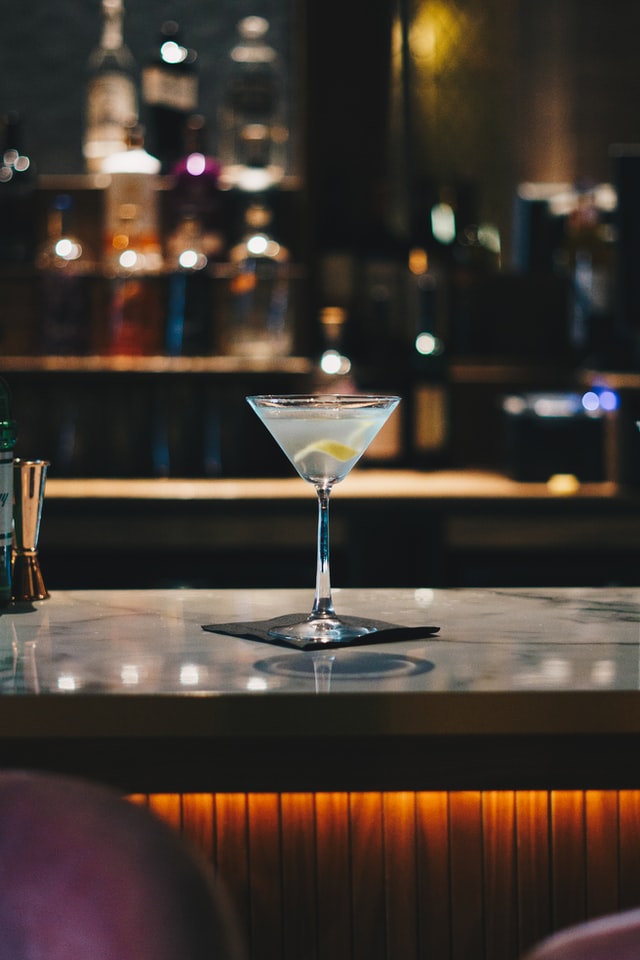
Plymouth Gin
Perhaps confusingly, Plymouth is a style, a brand and a place. The gin itself has a rich history.
Born in the Black Friars distillery of the English port city, Plymouth gin has enjoyed popularity in the UK since the end of the Napoleonic Wars and became a hit in America when the Martini cocktail rose to fame in the mid-1880s. In 1930, the hugely influential Savoy Cocktail Book specifically listed Plymouth for many of its recipes.
Plymouth gin used to have to be made in Plymouth by what’s called a Protected Geographical Status (PGI). However, with Plymouth Gin owning the trademark to the term ‘Plymouth Gin’, there has only ever been one gin made there, and therefore the protected geographical status is no longer in place.
Plymouth has its own flavour profile. Compared to traditional London Dry gins, Plymouth is sweeter and earthier. However, its uniqueness is also owed to the Plymouth pot still which has been instrumental in its production for over 150 years.
How to Drink It
For a gin with such a rich history, why not dip into the past and enjoy the spirit the same way America did in the late 19th century? Go for a Martini or a Gibson!



